It’s difficult to surprise an experienced audiophile. We’ve gone to all the trades shows, purchased and borrowed lots of gear, and visited all our local dealers. We’ve essentially heard all the possible sonic varieties and tradeoffs. But every so often…a product comes along that challenges your preconceptions.
A few months back, one such product for me was the ZenWave Audio PSR-14 power cable. It was awarded “Best in Class” not only because it outperformed much pricier cables on many aspects – but because it had both technicality and musicality. Which is a unicorn of a combination. The only tradeoff I could hear was the less organic and more neutral tone. Which, admittedly, may not be a tradeoff depending on who you ask.
I was so impressed by its performance, I asked ZenWave Audio if they could make a UPOCC copper version, not just for a power cable, but a speaker cable as well. Although ZenWave is pretty tight-lipped about what their ribbon conductor design entails (for good reason), you could find a few hints here.
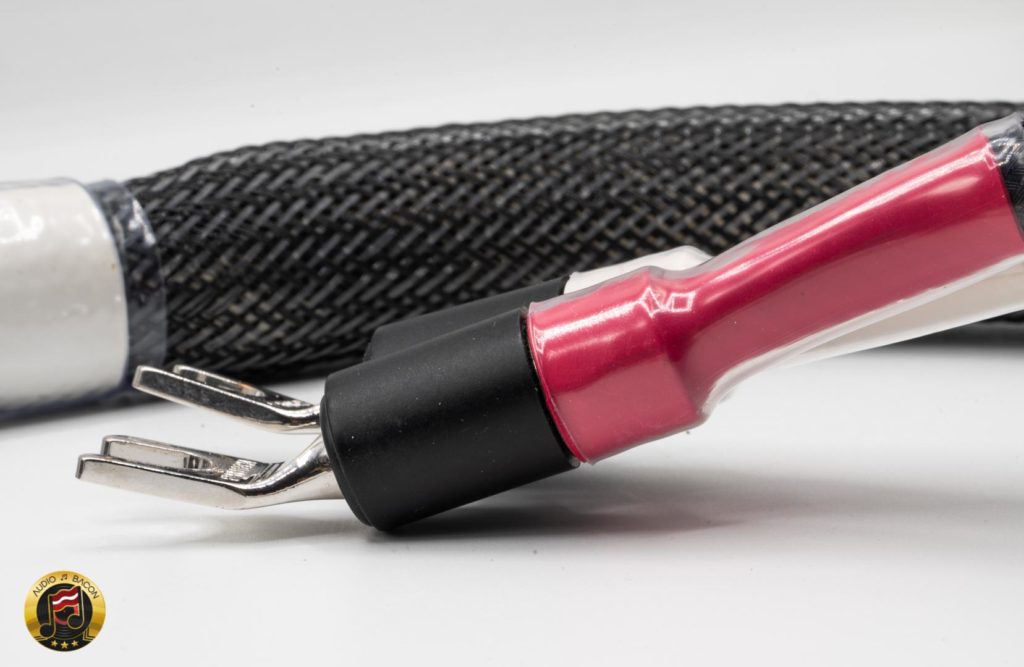
Advanced Ribbon Conductor Design
The SCR and SSR (Speaker cable, Copper Ribbon speaker cable, Silver Ribbon, respectively) speaker cables are derived from the PSR-14 power cable (Power cable, Silver Ribbon – 14 gauge), and are available in both 14 and 11 gauge versions, which would be the SCR-14 and SCR-11 or SSR-14 and SSR-11. The PSR-14 is a cost-no-object UPOCC silver power cable using a fairly advanced ribbon conductor design that allows me to make the cable with less inductance vs a conventional cable. This worked so well that I used it as a basis to make other cables, I made copper ribbon power cables as well as the silver and copper ribbon speaker cables.
The speaker cables are very similar to the power cables, but have more balanced inductance vs capacitance, the speaker cables have less capacitance vs the power cables. I also use the ribbon conductors to make interconnect cables, the DSR IC is a 17g UPOCC silver IC cable and there will be copper versions eventually as well. The ICs have far less capacitance vs the power and speaker cables, so a totally different geometry, these cables will offer alternatives to my silver/gold alloy and copper litz interconnect cables.
Fortunately, a few months later I received the ZenWave Audio speaker cables with both copper and silver variants (SCR-14 and SSR-14 respectively). My focus will be one the copper variant: the ZenWave Audio SCR-14. Let’s get started.

Build
As far as build quality, the speaker cables have a layer of pure, unbleached cotton under the techflex, and the colors of techflex are “carbon” and “dark carbon.” The dark carbon has a black layer under it while the carbon has white underneath. The cables themselves are very flexible and the Furutech banana connectors twist on securely.
Admittedly, the aesthetics are closer to a DIY cable. It feels more handmade and “fabric-like.” Heck, I think these are one of very few cables I’ve ever seen with handwritten labels (which isn’t a bad thing?). So if you’re expecting carbon fiber filters with laser-etched labels – you won’t find that here. Nevertheless, a cable crafted with love.

Setup
- Speakers: LSA-10 Statement. I love these speakers.
- Amplifiers: I’ve tested these cables with the PS Audio Sprout100, Emerald Physics 100.2SE, and Chord Electronics TToby power amplifiers. The TToby doesn’t have much power for these speakers – but has the most accurate tonal color I’ve heard so far from a stereo amplifier. The beefier 100.2SE has a slightly more grayish tone but is more tonally dense, throws out a much larger image, and just punches out a lot more.
- Playback: Out of convenience, I used a Chromecast Audio with the Chord Electronics Hugo M Scaler to stream Tidal, Spotify, and Qobuz from a desktop computer. However, I noticed that the sound would get cloudy and soft over time. I would have to disconnect and reconnect to the M Scaler to correct the sound. It’s pretty bad and very noticeable.
- This inconsistency was enough for me to stick to streaming Tidal/Qobuz from Roon on my Innous ZENith SE Mk.2 music server for the rest of the review.
- DACs: Chord Electronics DAVE, TT 2, and Qutest.
- Power: I used a battery-powered Chromecast Audio (5V), Chord Electronics Qutest (5V), TT 2 (12V), and M Scaler (12V) for these tests. Keep in mind battery powering your Chord Electronics gear will void your warranty! However, if you’re willing to risk it, the gains are pretty significant (especially for the HMS). Noise floor drops and the music takes on more structure.
- I bought a few of these Krisdonia battery packs with a splitter cable. There’s a passthrough mode that allows you to charge while powering devices.
- I’ve tried other battery packs and feel this one sounds the best. Keep in the mind the DC cable matters quite a bit. It’s the difference between natural and artificial tonality. I use a 7N copper one from ZenWave Audio but you could easily make your own.
- Also, I noticed powering the TT 2 with 12V didn’t have as much oomph as the stock power supply – but you get a much more tangible sound with a battery (not as much bloom). I’ll be swapping to a Paul Hynes SR7 soon.
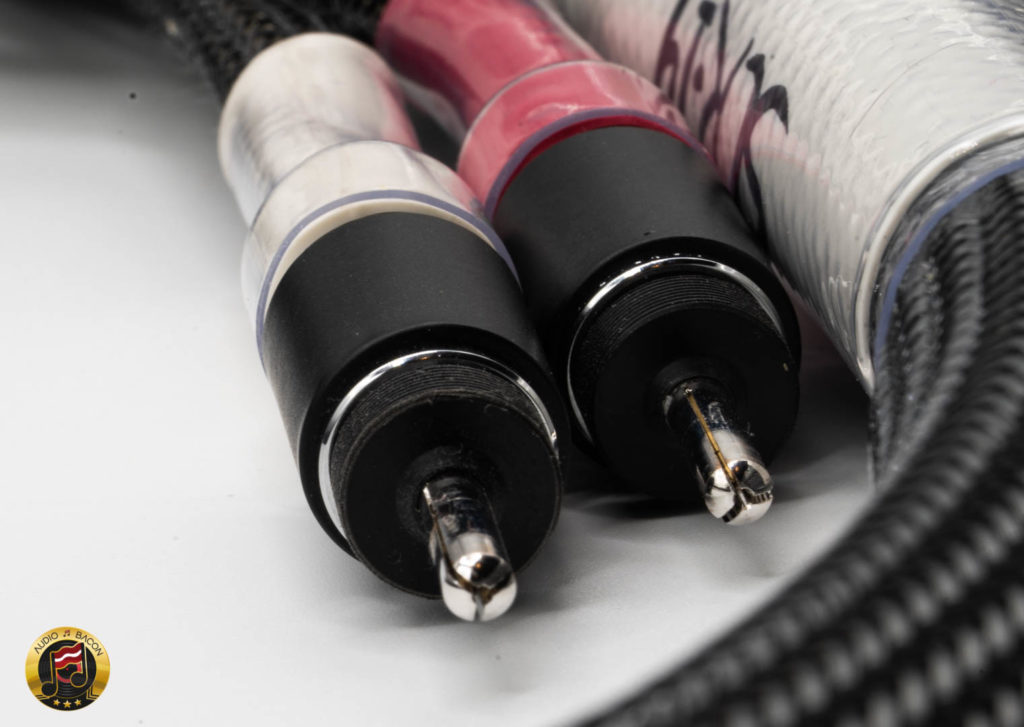
Sound
ZenWave Audio SSR-14 (UPOCC Silver)
What’s interesting is that the SSR-14 speaker cables had a very similar impact on the “big picture” as the PSR-14 power cord. It was full-bodied, resolving, and 100% transparent. Perhaps even more so in speaker cable form. In short, if you prioritize neutrality, speed, and resolution – you’ll love this cable. It still amazes me how it’s able to juggle so many sonic qualities – so damn well.
Please take a look at my review of the PSR-14 for an idea of what I mean. As with the SSR-14, I feel the tonal wasn’t as natural for vocal recordings. Never fear, that’s where the SCR-14 comes in.
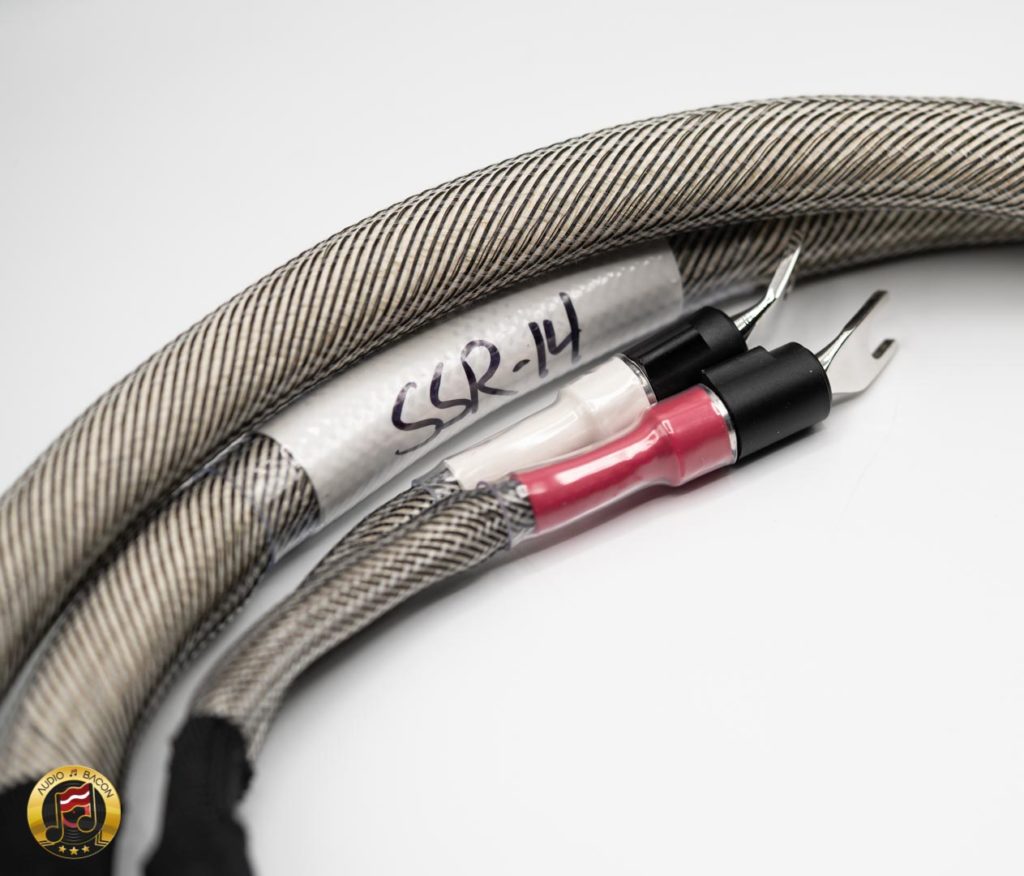
ZenWave Audio SCR-14 (UPOCC Copper)
This cable has most of the qualities of the SSR-14 but, in my opinion, with better tonal balance. It’s not as quick, micro-detailed, or enveloping – but it has a more colorful palette. Aside from the Danacabel Sapphire Mk.2, I don’t think I’ve heard a speaker cable that reproduces timbre so accurately. Generally, speaker cables with accurate tonality have more roughness, are thinner sounding, and at times a bit wiry. I figured this was the “expected” tradeoff, but ZenWave Audio has now removed that notion with their new ribbon conductors.
Let’s break down what you’re getting with this speaker cable. The ZenWave SCR-14’s three major strengths are timbre, material resolution, and cohesion.
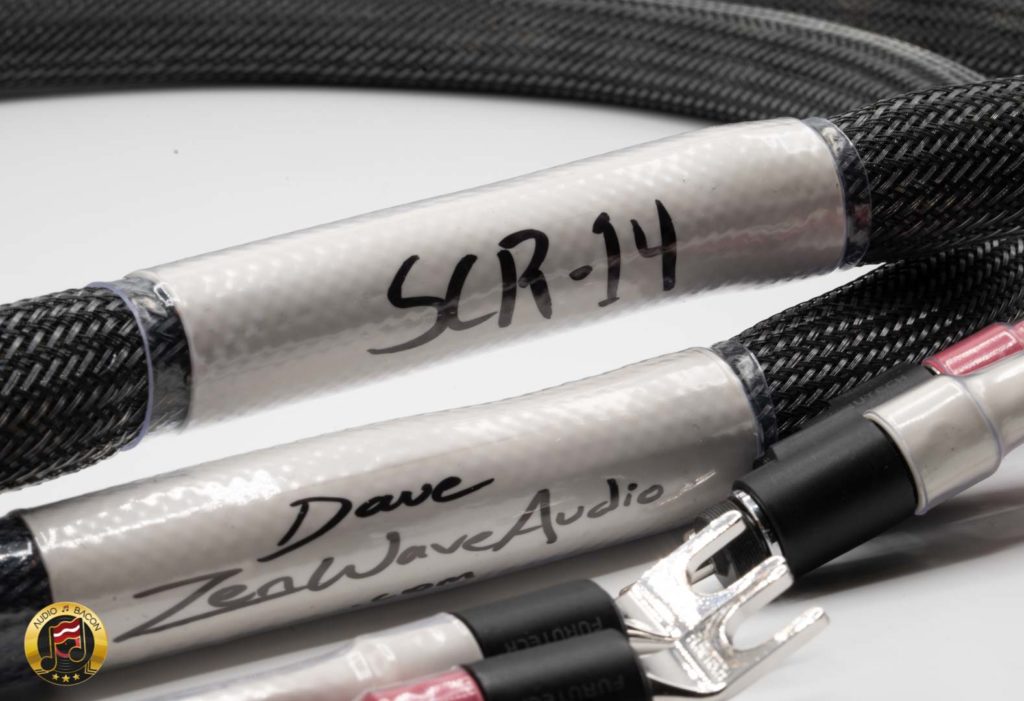
Timbre
The SCR-14 is the king of timbre. As you probably know, I like using duets as test tracks for timbre sometimes. One dealbreaker I hear with many cables is a “blanket” coloration. Voices all sound sleepy or overly excited – no matter which tracks you play. In these cases, male and female vocals have the same generic “coating” that just gets annoying (and boring) over time.
One track I like to use for testing is Ed Sheeran’s duet with Beyonce, Perfect. Both obviously have very different voices and thus should be very distinct. Luckily with the SCR-14, the tonal variations are reproduced perfectly (heh). This is especially noticeable when they harmonize together towards the end of the recording. You’re still able to hear the unique timbre and textural cues layered on top of one another. Most cables aren’t able to make this somewhat complex distinction.
In short, the essence of the recording is preserved. This also goes for another recording: Us the Duo’s (Stop) Just Love. There’s always an individualistic quality between the couple’s singing style and tone. This is just something most speaker cables can’t get right.
Material Resolution
As for the guitar, you’re able to visualize the rapid rasgueado while feeling the vibrations of those strings. Lesser cables sound more relaxed and more “blobby.” There are some cables do this well – but the SCR-14 takes up a few notches by a stronger level of tangible delineation. It’s scary how real it sounds.
Cohesion
A great example is Al Di Meola’s Splendido Sundance where each channel plays with and for each other – rather than in isolation. It almost feels like they’re bouncing energy between each other. If there was an appropriate time to use the descriptor “effortless” – this would be it. The music is congealed and makes the illusion so much more pristine.
Comparisons
I went through my whole library of music. From hip-hop to rock, folk, classical, and electronic – and I found it very difficult to find any major faults with the SCR-14. However, when I compared it to the Furutech DPS-4 and High Fidelity Cables CT-2 speaker cables (and a few others) – I did start to notice a few tradeoffs.
First, the SCR-14 didn’t have as much bottom grunt and weight. It misses that deeper, denser presence. In other words, it doesn’t thump or flex as outwardly in the bass region as prominently. This is especially noticeable in the lower octaves of piano notes. Keep in mind, these are the relative differences. The SCR-14 is not thin sounding at all. And, for what it’s worth, the SCR-14 still sounds more like a piano.
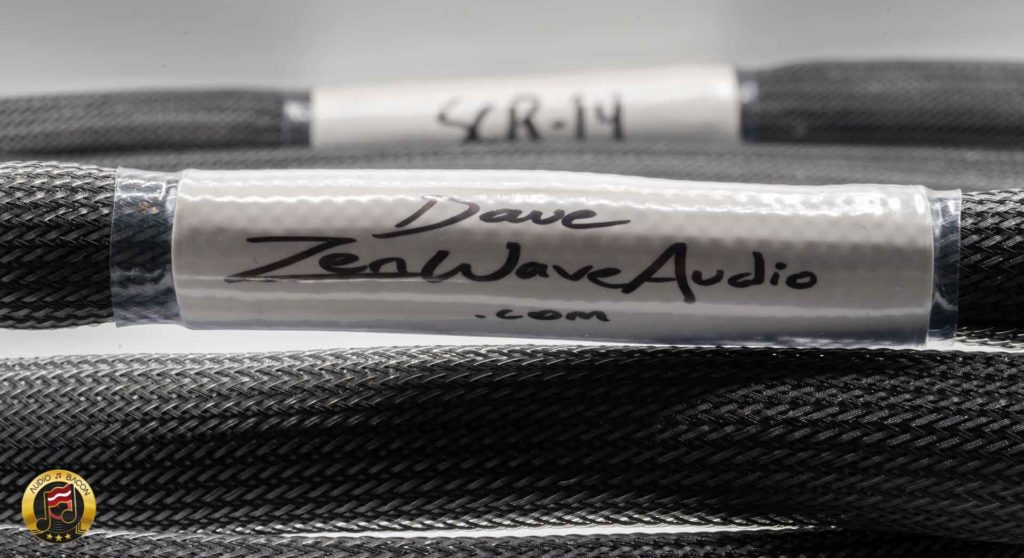
OK, so the tradeoff for the aforementioned qualities is a leaner bottom end. Fortunately, this was easy to mitigate with the thicker sounding amplifier such as the Emerald Physics 100.2SE. Timbre takes a slight hit – but you get a heavier and more gravitational sound. The amazing thing is that the SCR-14 still preserves fullness while maintaining the lowest levels of nuance. It doesn’t overdo it – just enough of it. So far, I feel the tradeoff is absolutely worth getting better tonal quality.
Alternatively, ZenWave Audio offers an 11-gauge version of this cable: the SCR-11. Depending on your amplifier and speakers, this may actually add more body to the sound without any compromises to timbre. I’ll hopefully get a demo cable end soon.
Final Thoughts
ZenWave Audio has made great cables in the past – but they knocked it out of the park with these UPOCC ribbon cables. They are progressively different (in a good way) from any speaker cable I’ve heard so far.
As far as the variants, some may prefer the SSR-14 for its neutrality, soundstage, transient clarity, and the utmost amount of transparency. But for my tastes, the SCR-14 is more captivating, pure, and has more “intent.” Not to mention its timbral accuracy is pretty much second to none. Oh yeah, it’s also much more affordable.

The recurring themes with the ZenWave Audio SCR-14 speaker cables are “truth” and “passthrough.” There’s a unique quality that’s not a ‘special effect” but one of unimpeded transparency in both resolution and tone. There’s always ease to the sound yet it remains powerful and unimpeded. The ZenWave SCR-14 has not only given me fresh insight into new and old recordings – but newfound hope for innovation in this space.
Needless to say, the ZenWave Audio SCR-14 is in the running for Product of 2020. But is it a giant killer? At its level of performance and price point – it sure seems like it.
Prices:
- ZenWave Audio SCR-14 (2.5m) – $1,350
- ZenWave Audio SSR-14 (2.5m) – $3,450
Below are prices for a stereo pair without connectors. The Furutech FT-211 and FT-212 connectors are an additional $300. The product page will be up soon. Please contact ZenWave Audio for a quote.
| SCR-14 – UPOCC Copper Ribbon | ||
| 1m pair | Per Meter | |
| SCR-14 | $600.00 | $300.00 |
| SCR-11 | $800.00 | $450.00 |
| SSR-14 – UPOCC Silver Ribbon | ||
| 1m pair | Per Meter | |
| SSR-14 | $1,500.00 | $1,100.00 |
| SSR-11 | $2,500.00 | $2,000.00 |


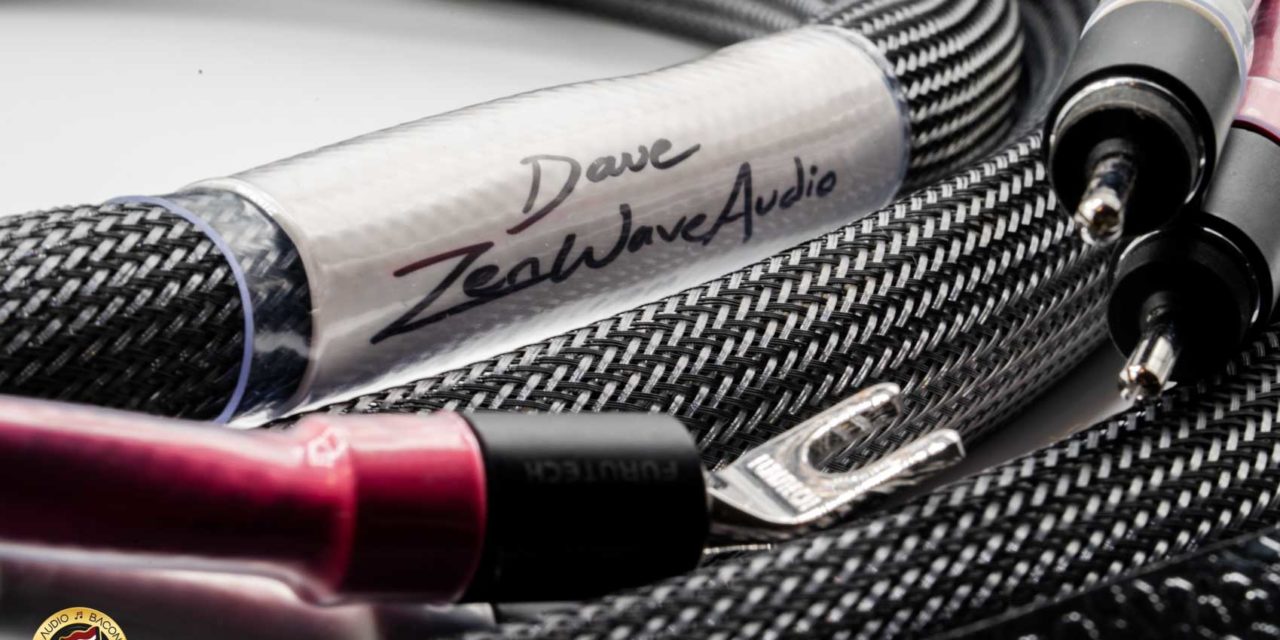
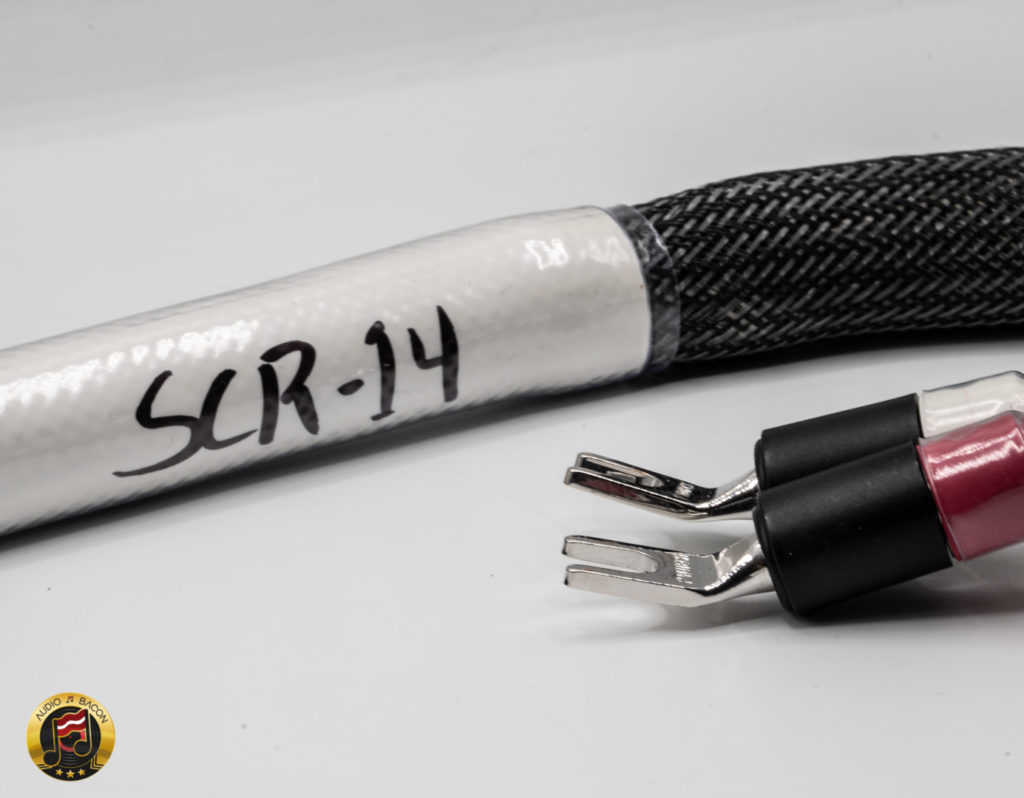
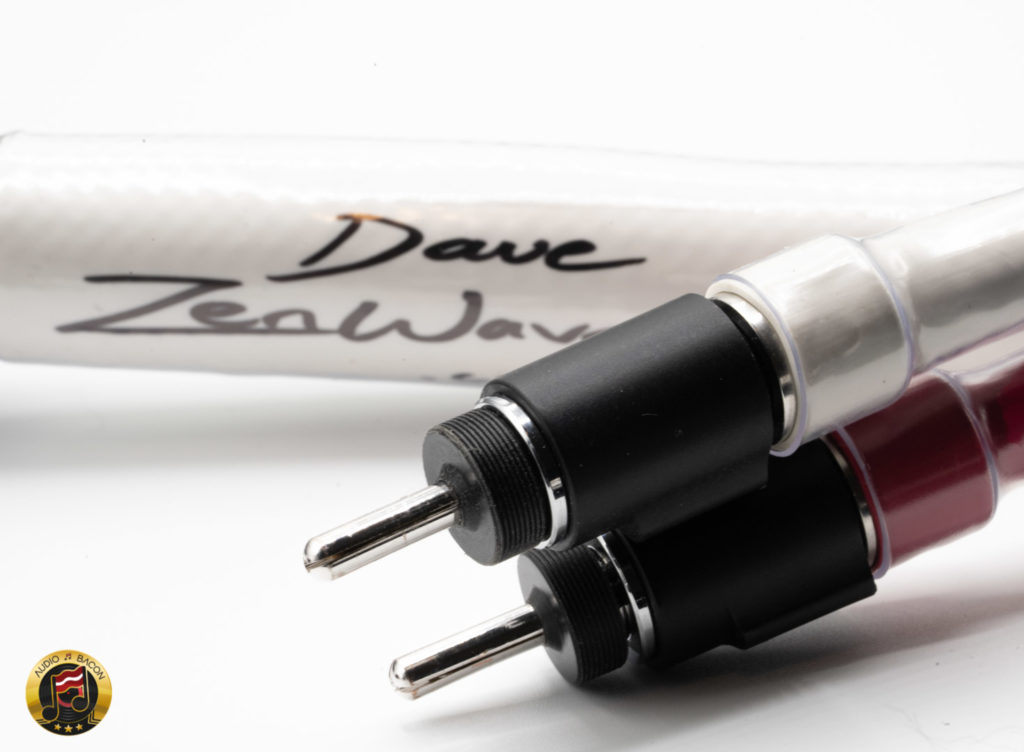
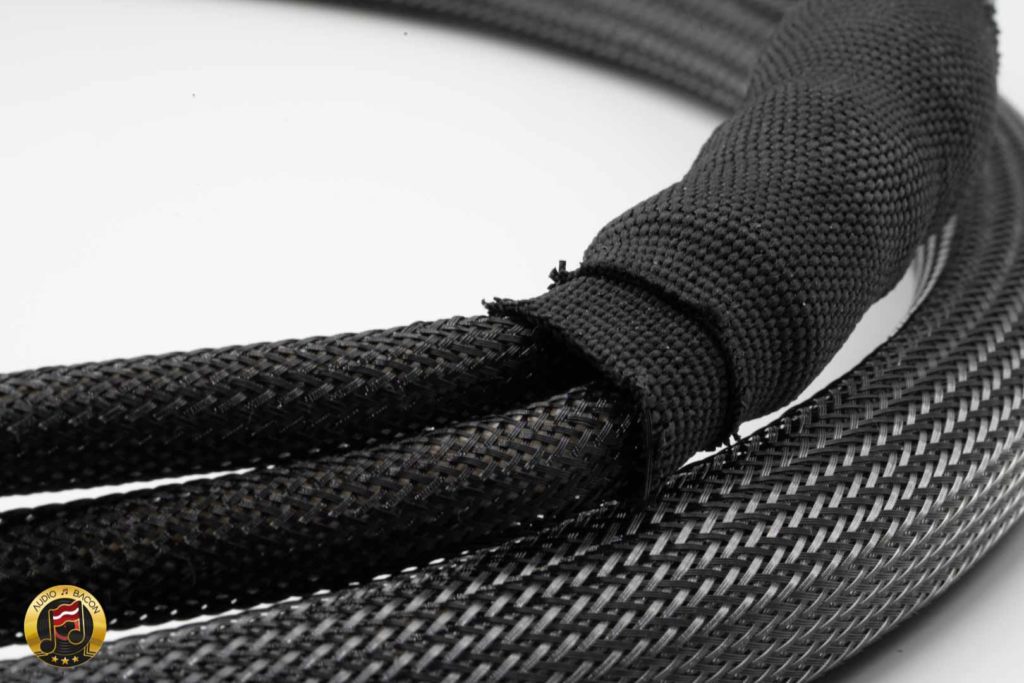


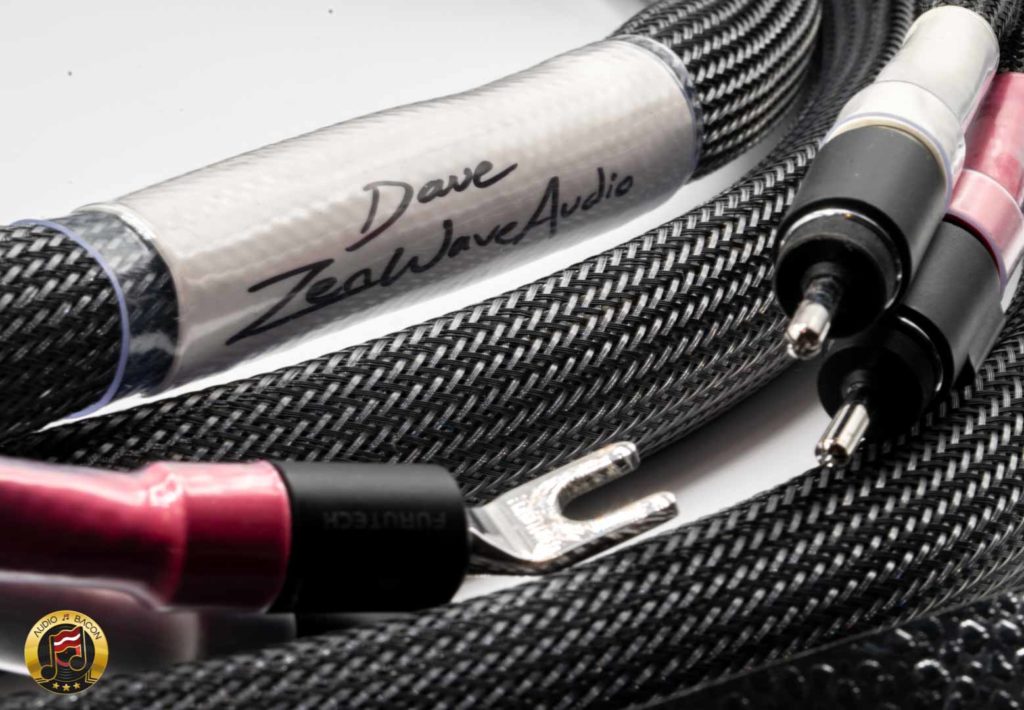
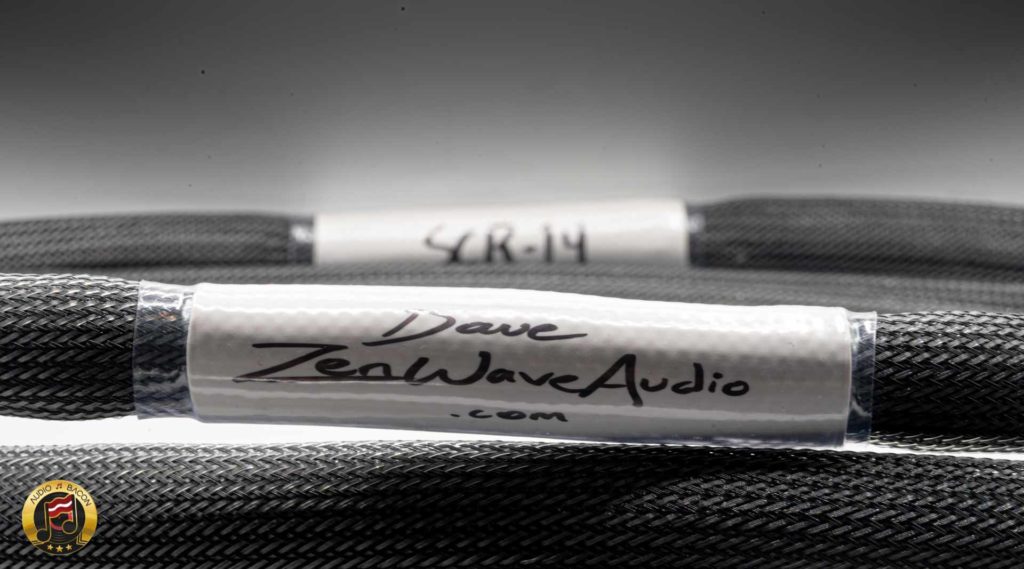
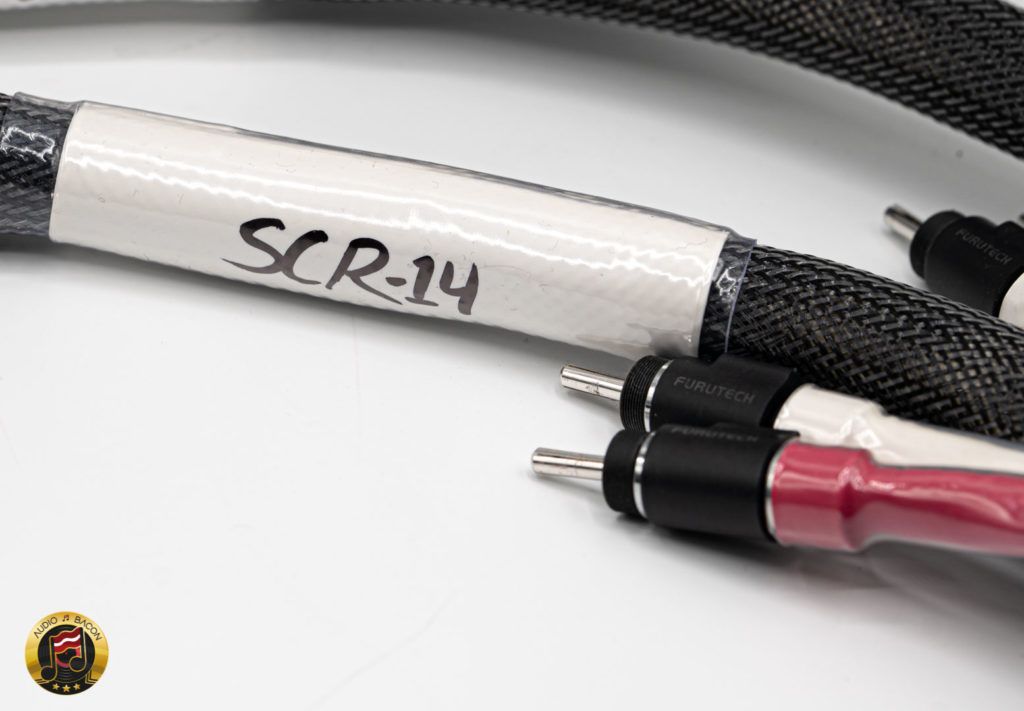
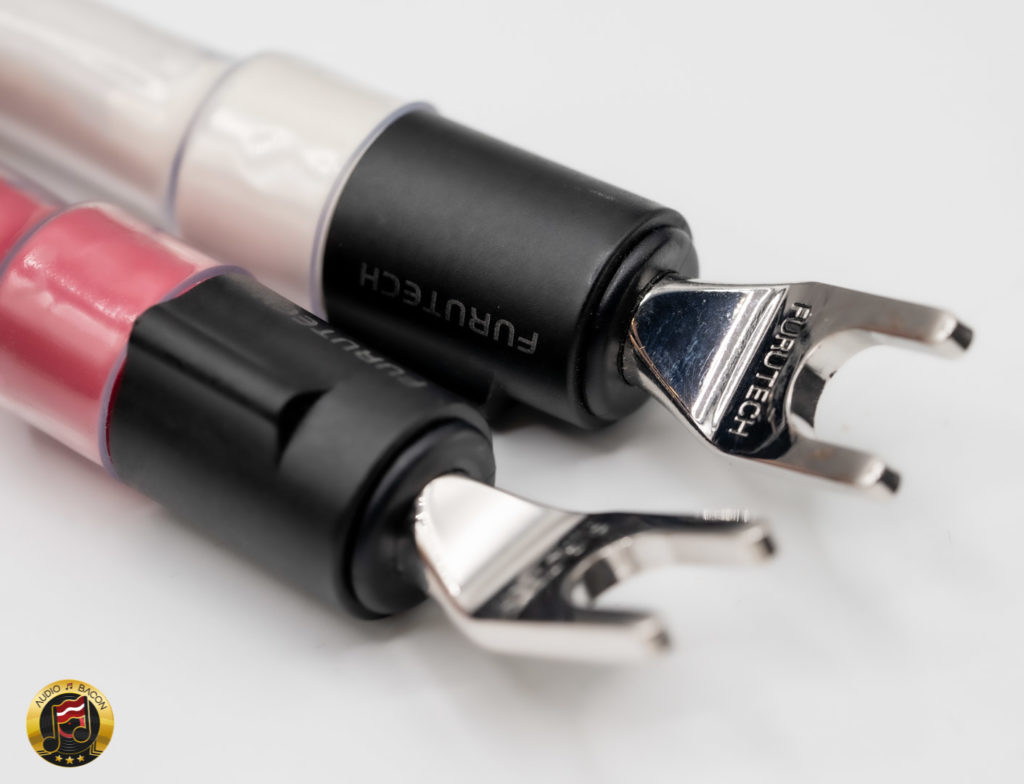
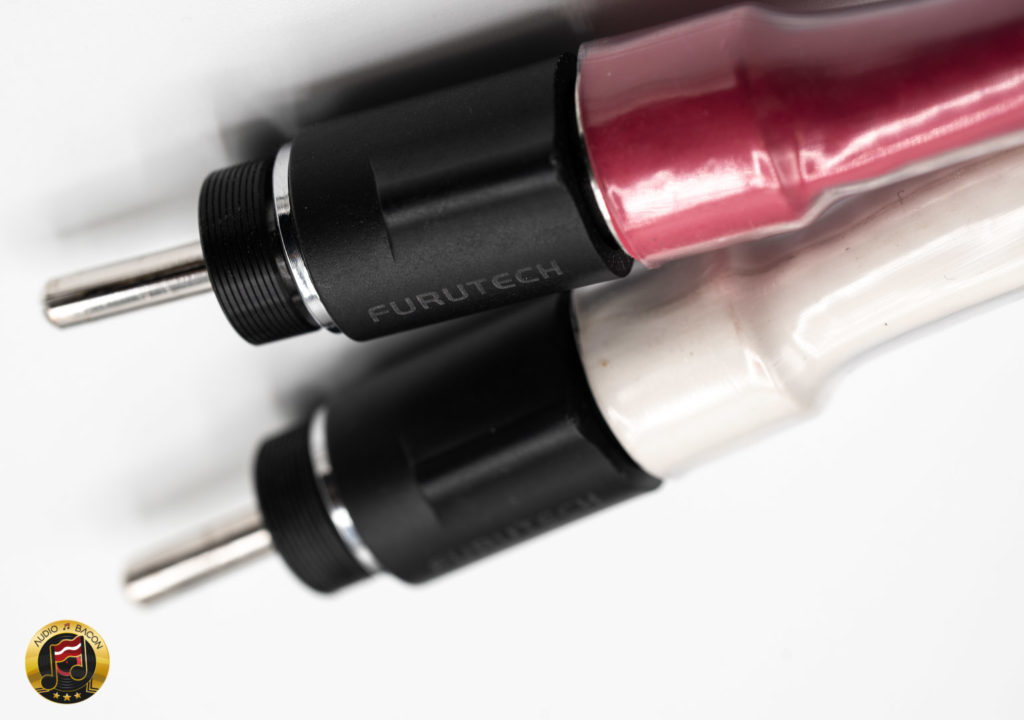
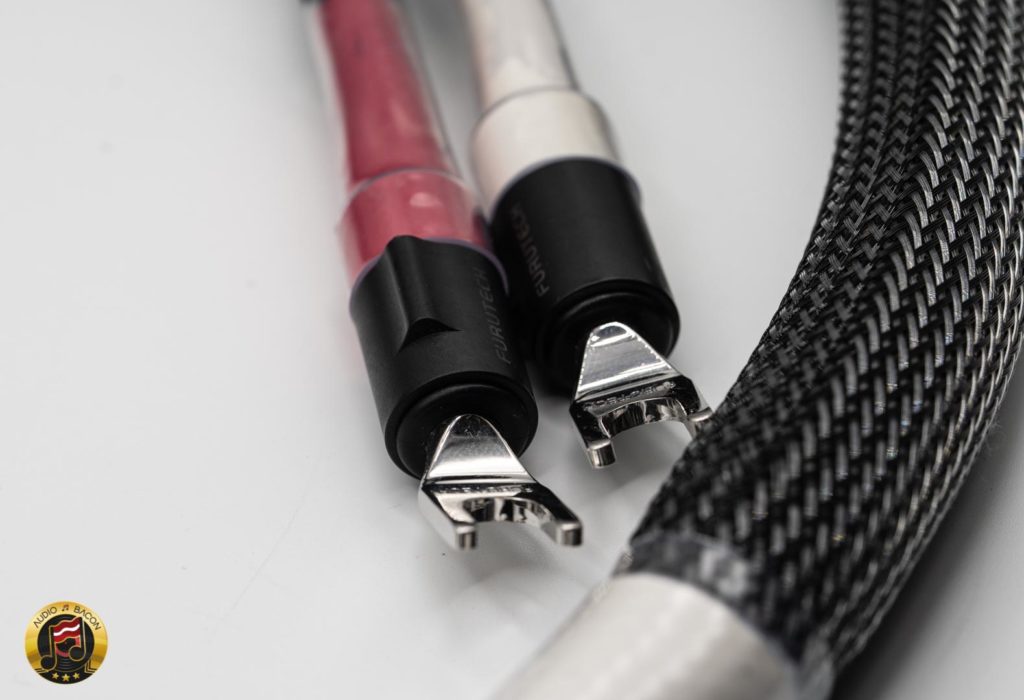


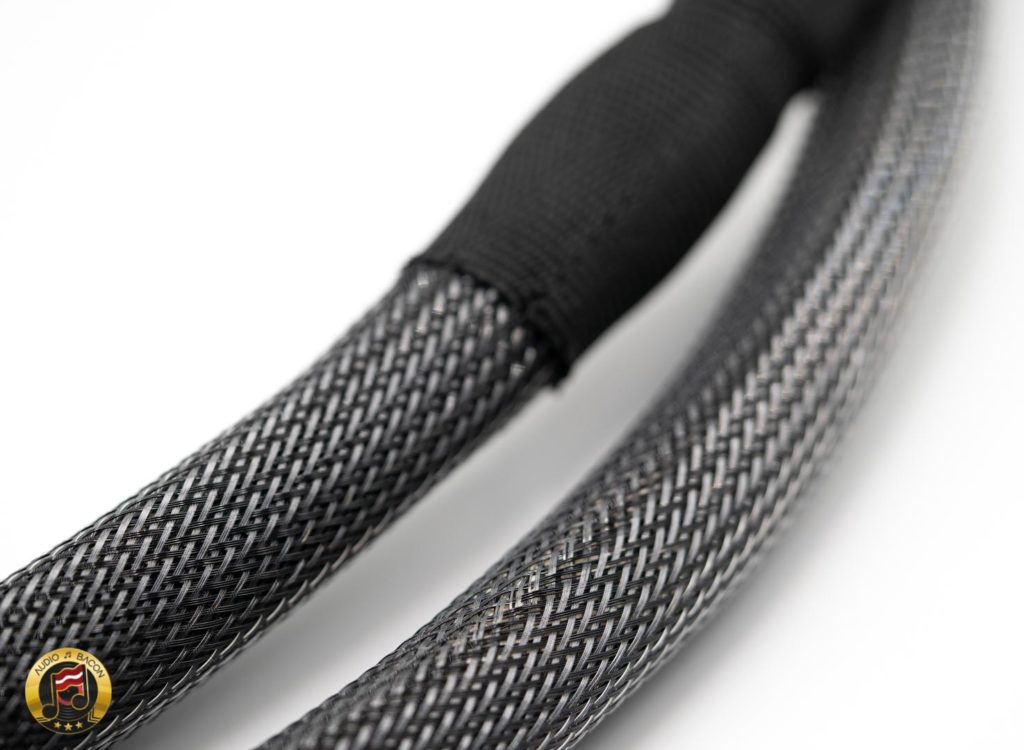
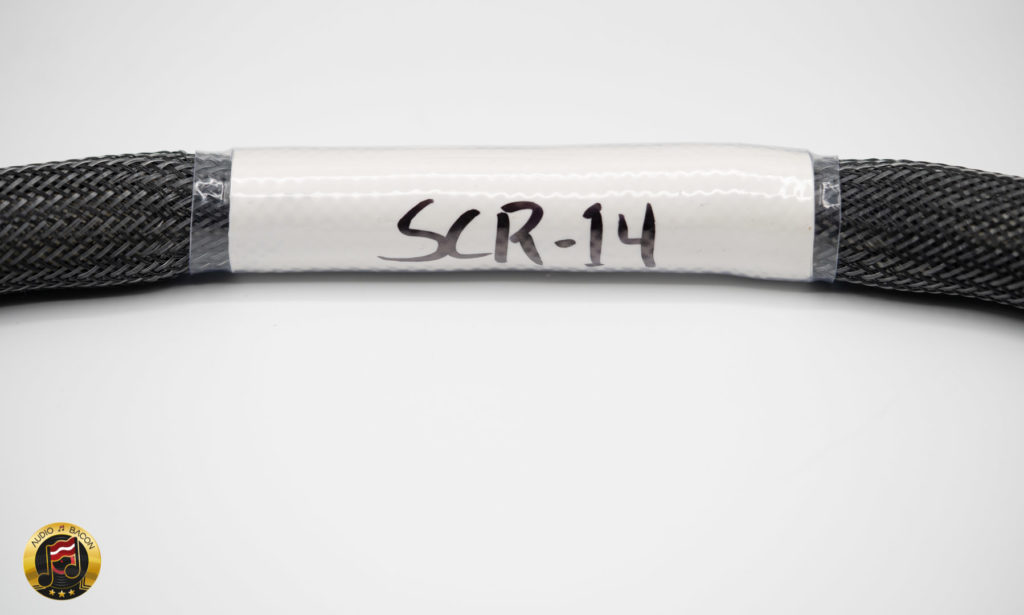
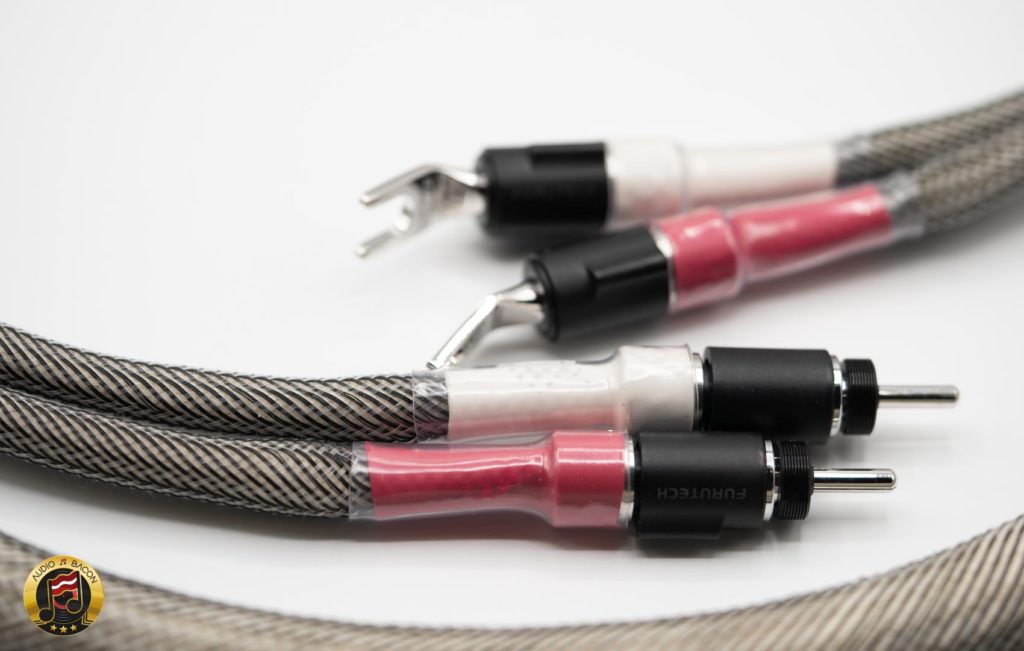
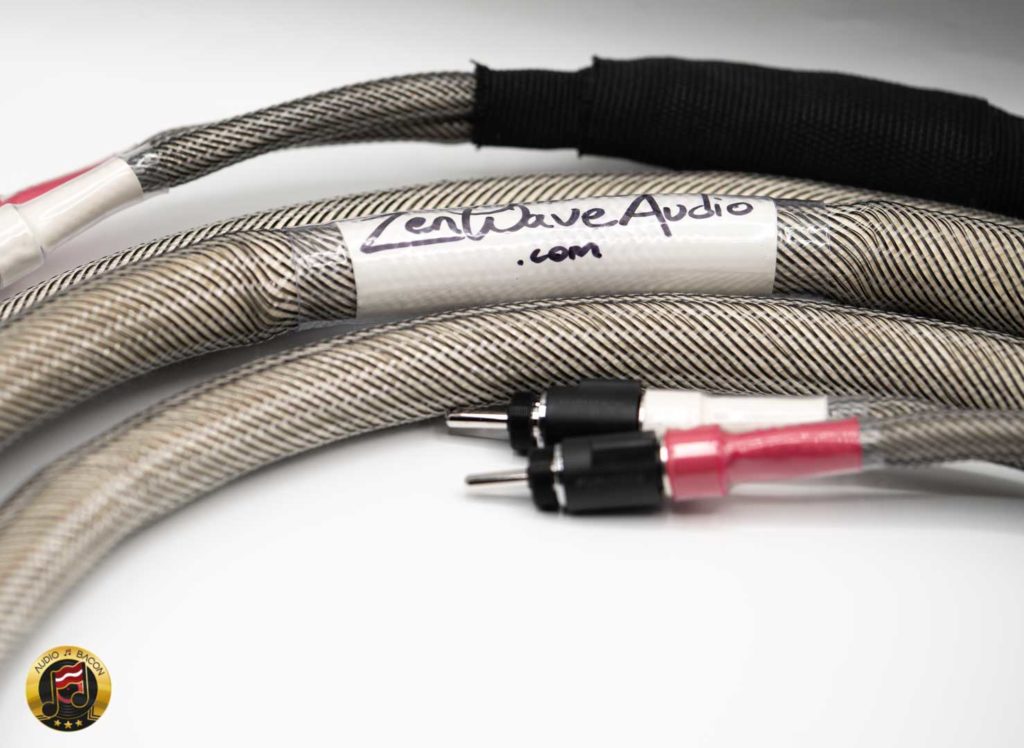
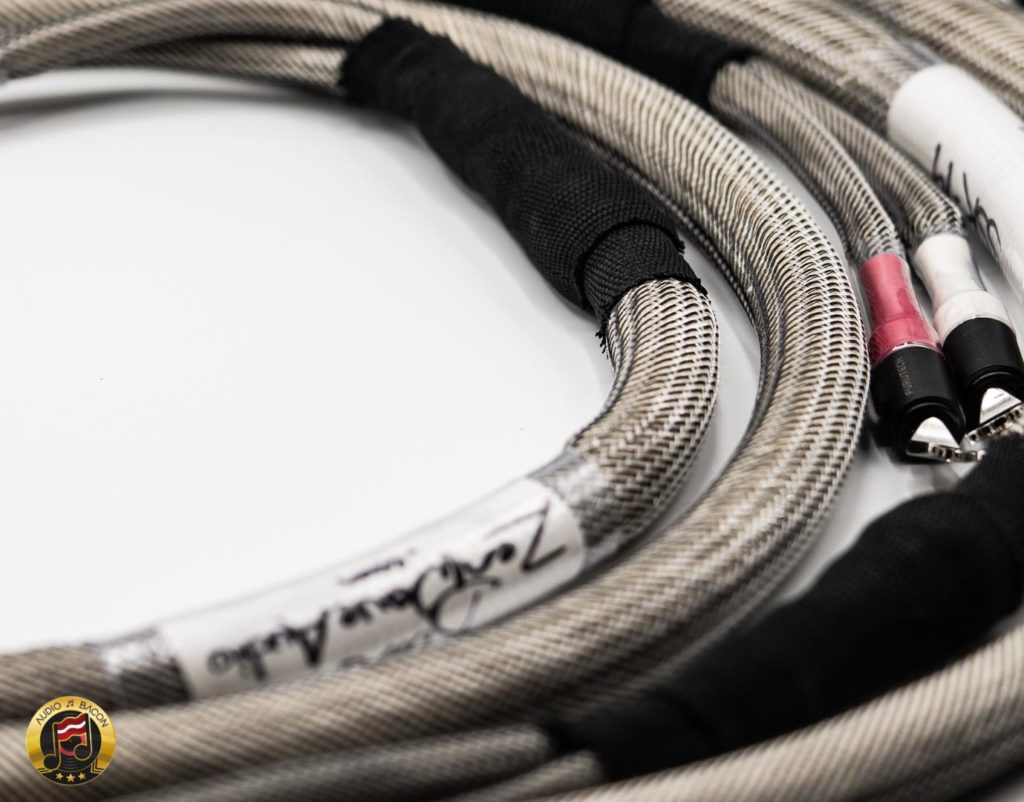
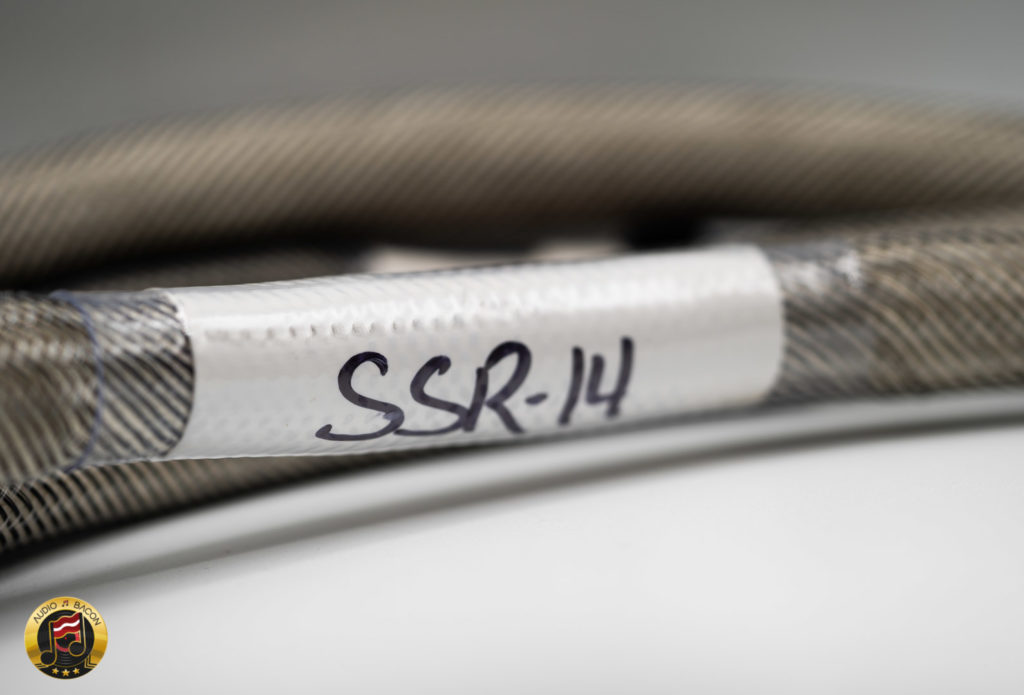
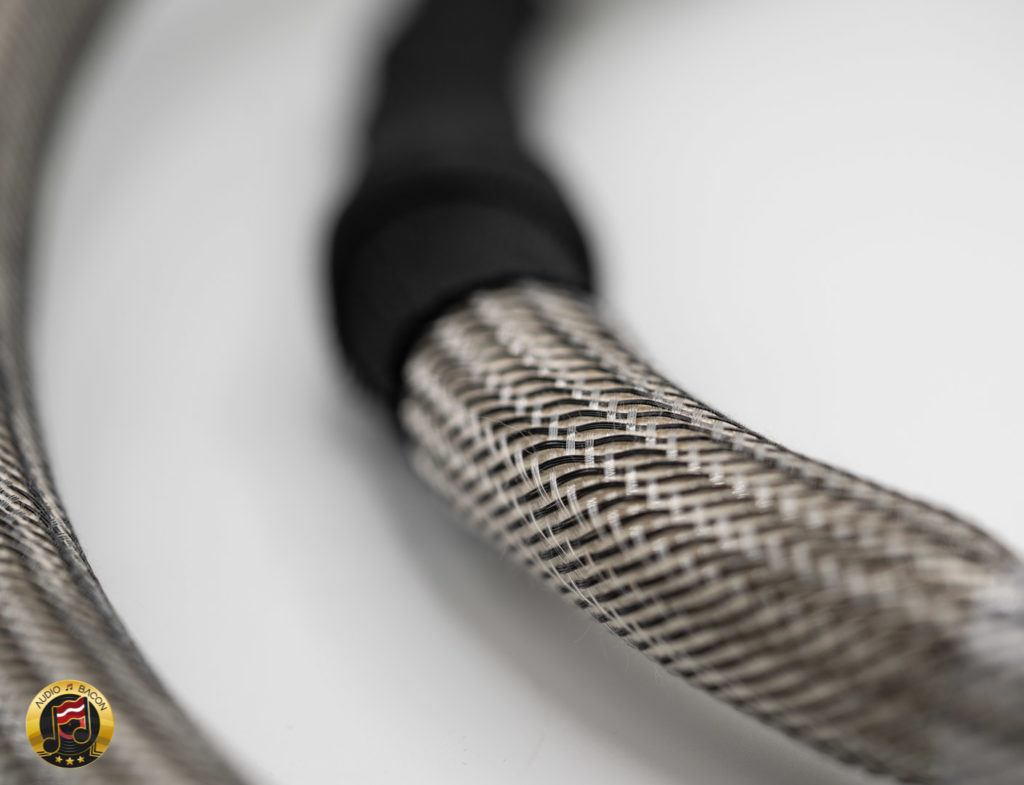
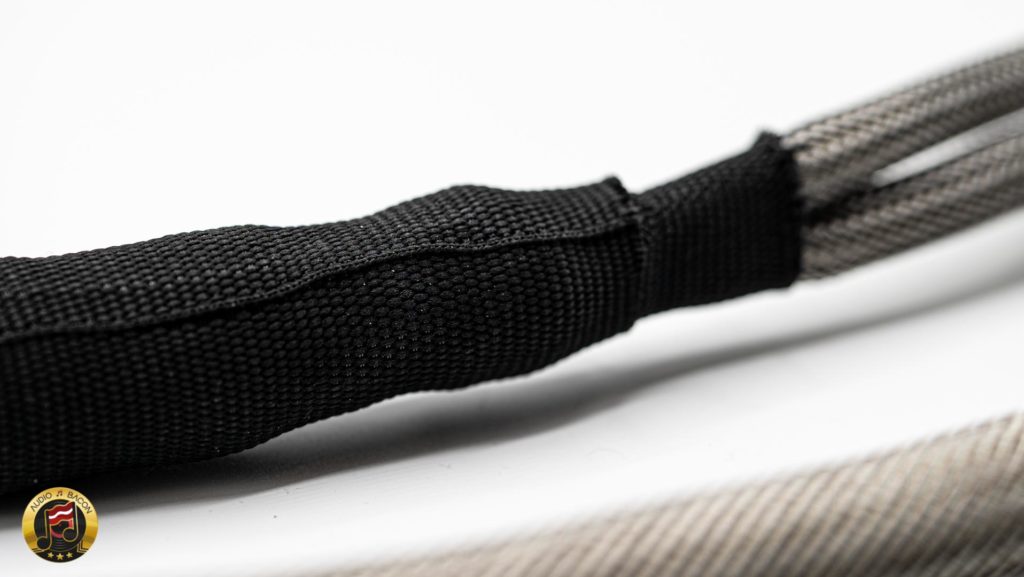
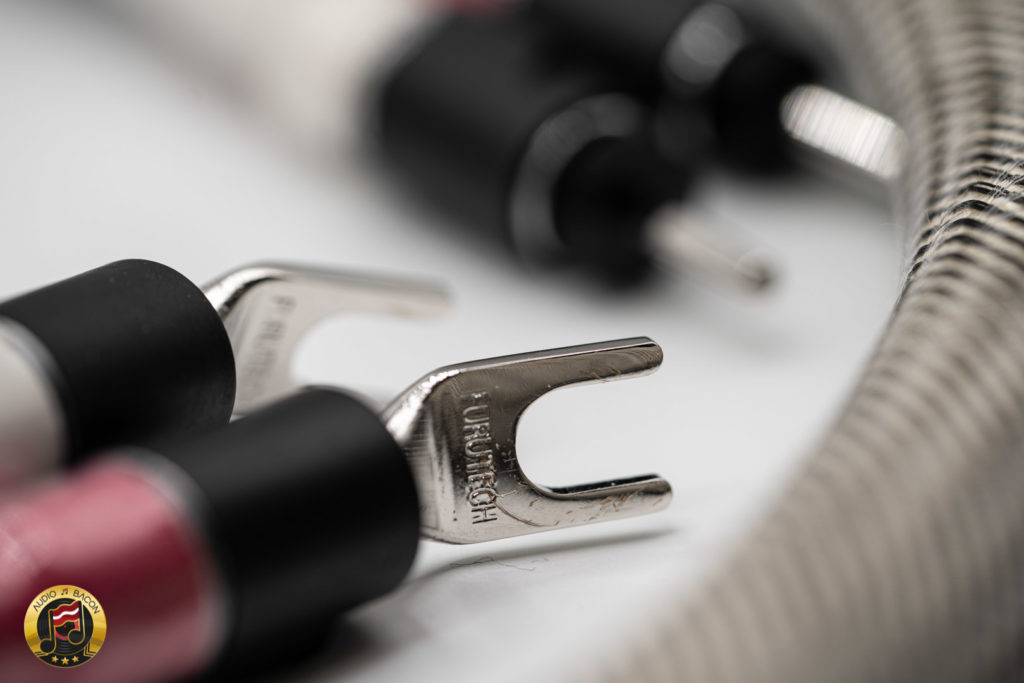
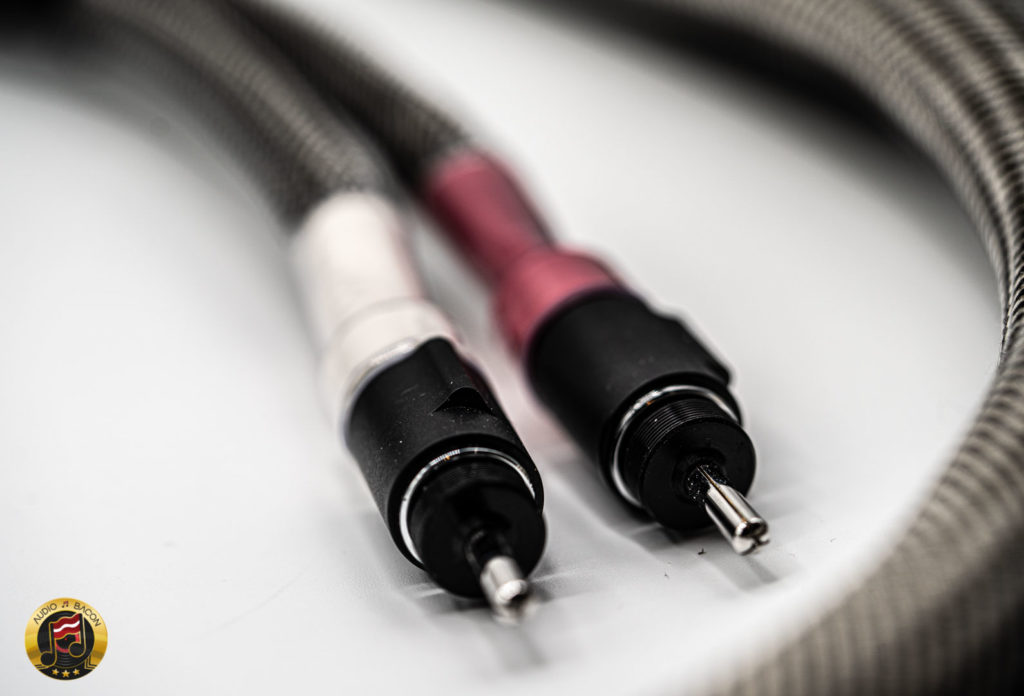
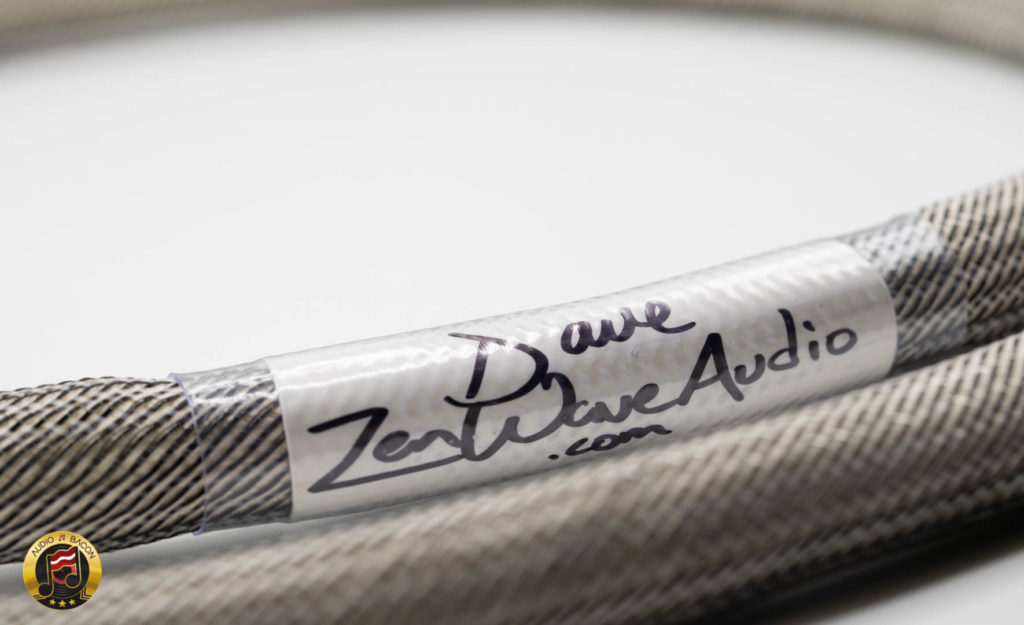



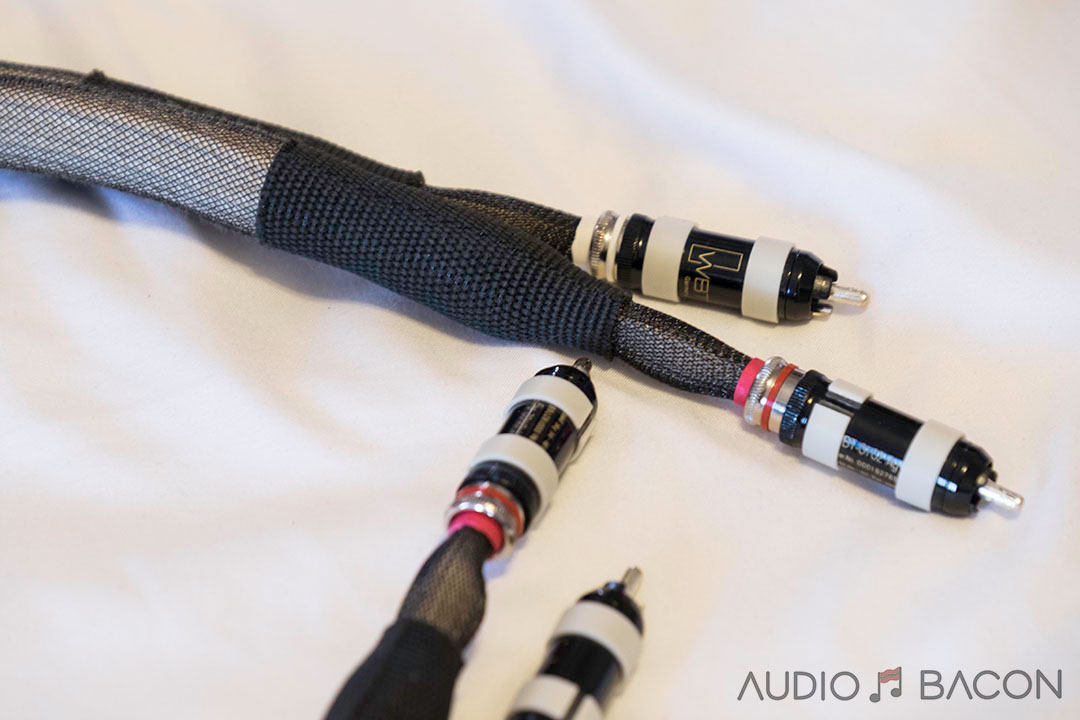


Given your reviews last year of Iconoclast speaker cables and the praise and accolades your reviewer gave to them, how about a comparison of them with the Zenwave SCR-14? Or with the recent Audience speaker cables you also reviewed?
This would be particularly useful for context and perspective given the very specific claims you make for the Zenwave cables regarding timbre, tone and transparency…
Thanks.
In the interest of time, I’m saving those comparisons for the large review in a few weeks. But for what it’s worth, I’m purchasing either the SCR-14 and SCR-11 for my reference system.
Curious if you’re still using these cables and if so how they’re sounding after a lot of hours on them?
I’m definitely getting these copper ribbon cables and trying to decide between the 11ga or 14ga. I’m curious more specifically if the bass developed more after some hours. I’m leaning towards the 11ga as my current cables are 8ga, but hey you never know unless you ask.
Thanks.